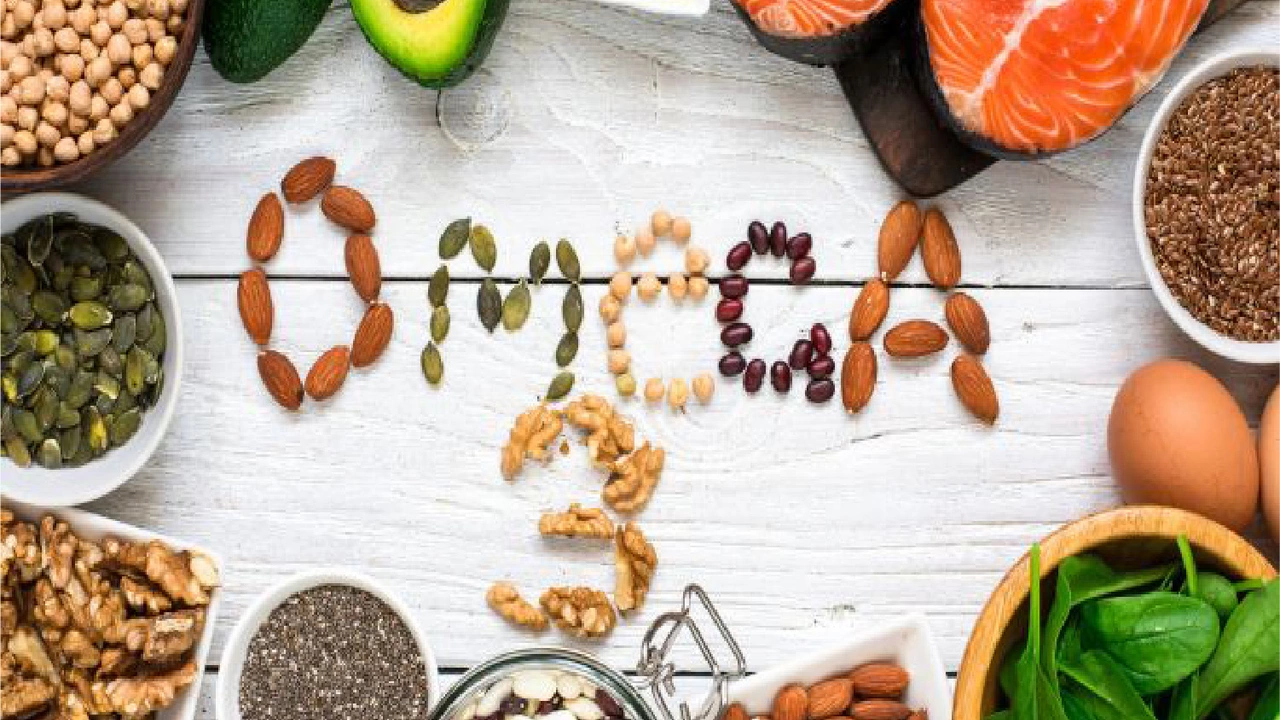Chia Seeds: What They Do and How to Use Them
Chia seeds are tiny but pack a lot: fiber, plant-based omega-3s, protein, calcium, and minerals. They’re neutral in taste and easy to add to meals. A couple of tablespoons a day can boost fiber and help you feel full without changing much of your routine.
How to use chia seeds
Use chia seeds dry or soaked. Sprinkle them on yogurt, oatmeal, or salads. Blend them into smoothies for thicker texture. For a quick pudding, mix 3 tablespoons of chia with 1 cup of milk or plant milk, add a little sweetener or vanilla, stir, and refrigerate for at least 2 hours or overnight. The mixture turns gel-like and works as a ready-to-eat snack or breakfast.
Want a simple chia gel for baking or as an egg substitute? Mix 1 tablespoon of ground chia with 3 tablespoons of water, let it sit 5–10 minutes until it thickens. One tablespoon of chia gel can replace one egg in many baking recipes. Whole chia seeds also thicken liquids, but ground chia absorbs faster and may release nutrients more readily.
Chia seeds also work in savory dishes: add to soups to thicken, use in breadcrumbs, or stir into dressings. They don’t need cooking, so they save time and keep nutrients intact.
Practical tips, servings, and safety
A typical serving is 1–2 tablespoons per day. Start with one tablespoon and increase slowly to avoid bloating, since chia soaks up liquid and expands in your gut. Never swallow dry chia seeds with a small amount of water—because they expand, they can be hard to swallow. Always mix with liquid or eat with moist foods.
Store chia in a cool, dark place in an airtight container. They can stay good for up to 1–2 years if kept dry. If they smell off or taste bitter, toss them.
Side effects are rare but possible: gas, bloating, or allergic reactions. If you take blood thinners or medications for blood pressure or blood sugar, check with your doctor—chia can affect blood clotting and blood sugar control in some people. Pregnant or breastfeeding? Ask your healthcare provider about the right amount.
Quick comparisons: unlike flax, chia doesn’t need grinding to be useful. Flax has slightly different omega-3s and may need to be ground for best absorption. Chia is more forgiving and easier to sprinkle into foods.
Bottom line: chia seeds are an easy, low-cost way to boost fiber, healthy fats, and minerals. Keep portions moderate, hydrate them or mix into wet foods, and enjoy simple recipes like chia pudding, smoothies, or baking swaps to get the benefits without hassle.

